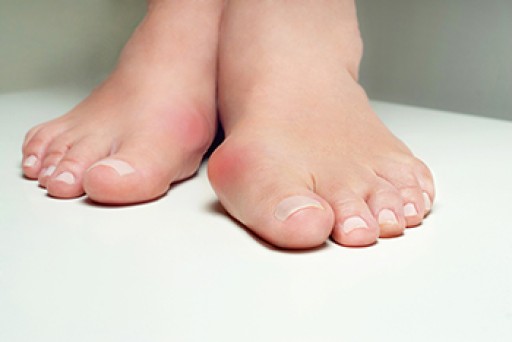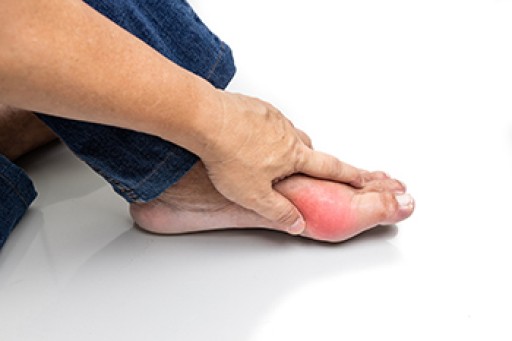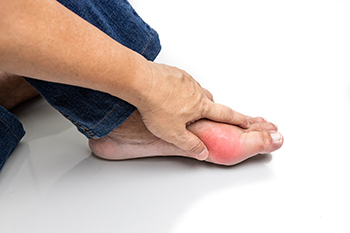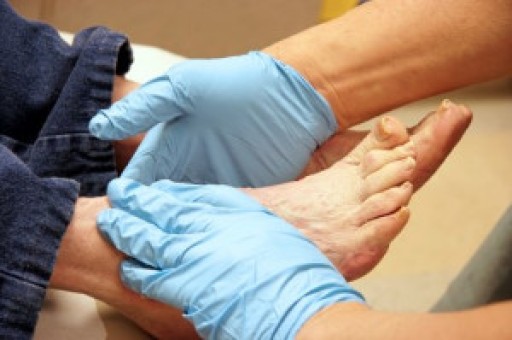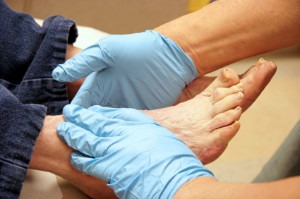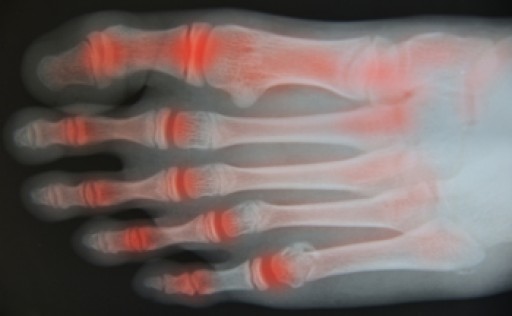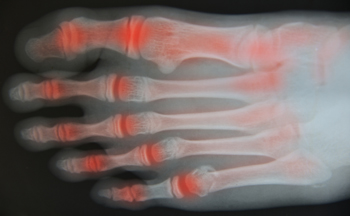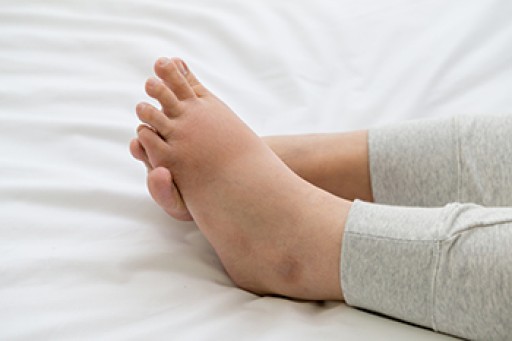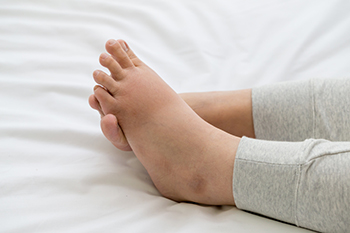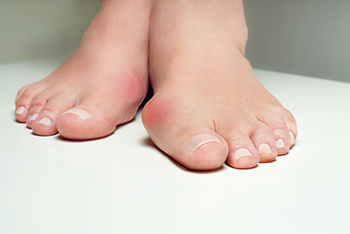
Bunions are painful, bony protrusions at the base of the big toe. Several effective treatment options for bunions are available to relieve discomfort and correct the problem. For bunions that are small or have mild symptoms, the focus is on relieving symptoms. Nonsurgical measures include wearing wide-toed shoes and having shoes professionally stretched to provide more room. Using padded shoe inserts or other orthotic devices that help distribute pressure evenly while you walk can provide significant relief. Avoiding activities that cause pain, such as sports, can prevent further aggravation of the bunion. Additionally, applying warm soaks or ice packs can help manage pain and reduce inflammation. In some cases, medications like nonsteroidal anti-inflammatory drugs, NSAIDs, can provide pain relief. Physical therapy with stretching and strengthening exercises can also improve foot mechanics. When conservative measures fail to alleviate symptoms, bunion surgery may be necessary to realign the toe joint. Minimally invasive procedures, like bunionectomy or joint fusion, can offer quicker recovery with less scarring. For help with bunion pain, it is suggested that you make an appointment with a podiatrist, who can assess the severity of the bunion and suggest suitable treatment.
If you are suffering from bunion pain, contact one of our podiatrists of Footcare Now. Our doctors can provide the care you need to keep you pain-free and on your feet.
What Is a Bunion?
Bunions are painful bony bumps that usually develop on the inside of the foot at the joint of the big toe. As the deformity increases over time, it may become painful to walk and wear shoes. Women are more likely to exacerbate existing bunions since they often wear tight, narrow shoes that shift their toes together. Bunion pain can be relieved by wearing wider shoes with enough room for the toes.
Causes
- Genetics – some people inherit feet that are more prone to bunion development
- Inflammatory Conditions - rheumatoid arthritis and polio may cause bunion development
Symptoms
- Redness and inflammation
- Pain and tenderness
- Callus or corns on the bump
- Restricted motion in the big toe
In order to diagnose your bunion, your podiatrist may ask about your medical history, symptoms, and general health. Your doctor might also order an x-ray to take a closer look at your feet. Nonsurgical treatment options include orthotics, padding, icing, changes in footwear, and medication. If nonsurgical treatments don’t alleviate your bunion pain, surgery may be necessary.
If you have any questions, please feel free to contact our offices located in Elmhurst Jackson Heights, and Astoria, NY . We offer the newest diagnostic and treatment technologies for all your foot care needs.
